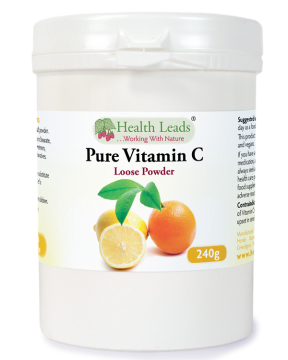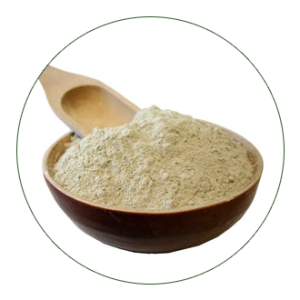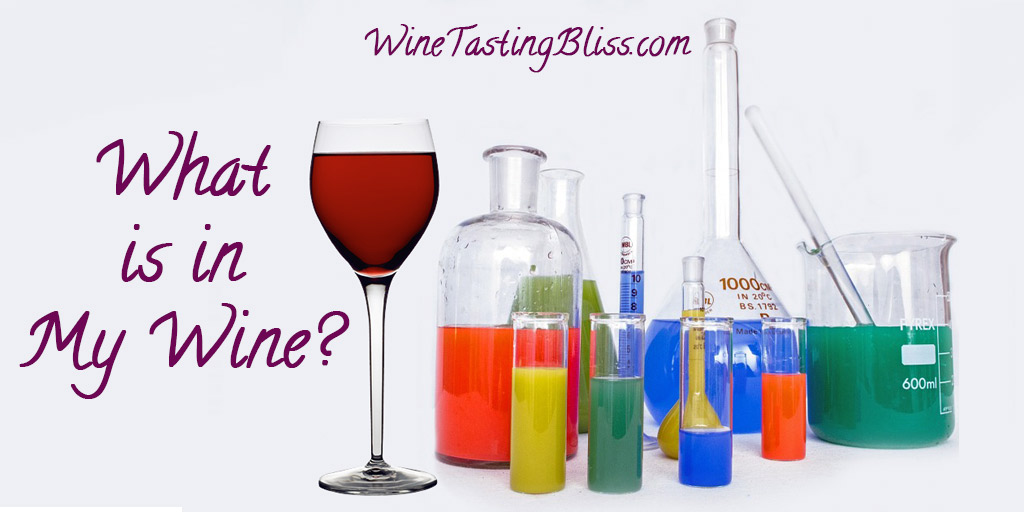Have you ever wondered what was in your wine? Besides grape juice, of course. Something transformed pedestrian grape juice into this nectar of the gods, but can it be merely yeast? Many times it is much, much more.
Making wine is not an easy task. Every crop of grapes presents new challenges. Each barrel adds its own influence. Yet the end result must be perfect in every way. How can this happen? Only through careful use of just the right additives can the winemaker ensure the vintage.
Common wine additives include:

Vitamin C. Known among the chemists and winemakers as ascorbic acid. This is very commonly used in white wines to preserve freshness.
Citric Acid. A close relative to vitamin C, this is commonly found in citrus (hence the name) and used as a food-friendly way to adjust the acid level in wine.
Sorbic Acid. This chemical is typically used to kill yeast, which prevents further fermentation.

Sulphur Dioxide. An antioxidant, this is very commonly used in winemaking as a preservative, extending its ability to be cellared. Causes those sulfites that so many people are confused about.
Tartaric acid. Naturally occurring in grapes, this is frequently added to adjust the acid level.
Egg Albumin. Called egg whites around the kitchen, when added to cloudy wine it causes the cloudy particles to clump together and fall to the bottom of the barrel. The remaining wine becomes clear.

Bentonite. A form of clay that is used much like egg albumin, to help precipitate fine particles out of cloudy wine.
Copper Sulfate. Used to counteract Hydrogen Sulfide, which causes rotten egg or spoiled cabbage aromas. Sometimes it only takes a few pennies in the wine barrel, since pennies are made from copper and copper sulfate is produced when the copper meets the hydrogen sulfide.
These are the most common additives, but by no means the complete list. Many winemakers have their “secret ingredients” that they use to produce their signature style. These methods are as old as time, and produce a product that is still far safer than county fair food.
So the next time you behold the ruby splendor of that Merlot, consider thanking a chemist for all the knowledge that went into producing this wonder!
About the Author: John grills a mean steak and is always in the market for another wine fridge. Believes that if a winery has more than 10 employees, it's probably too big. Buys wine faster than he drinks it, but who cares?


